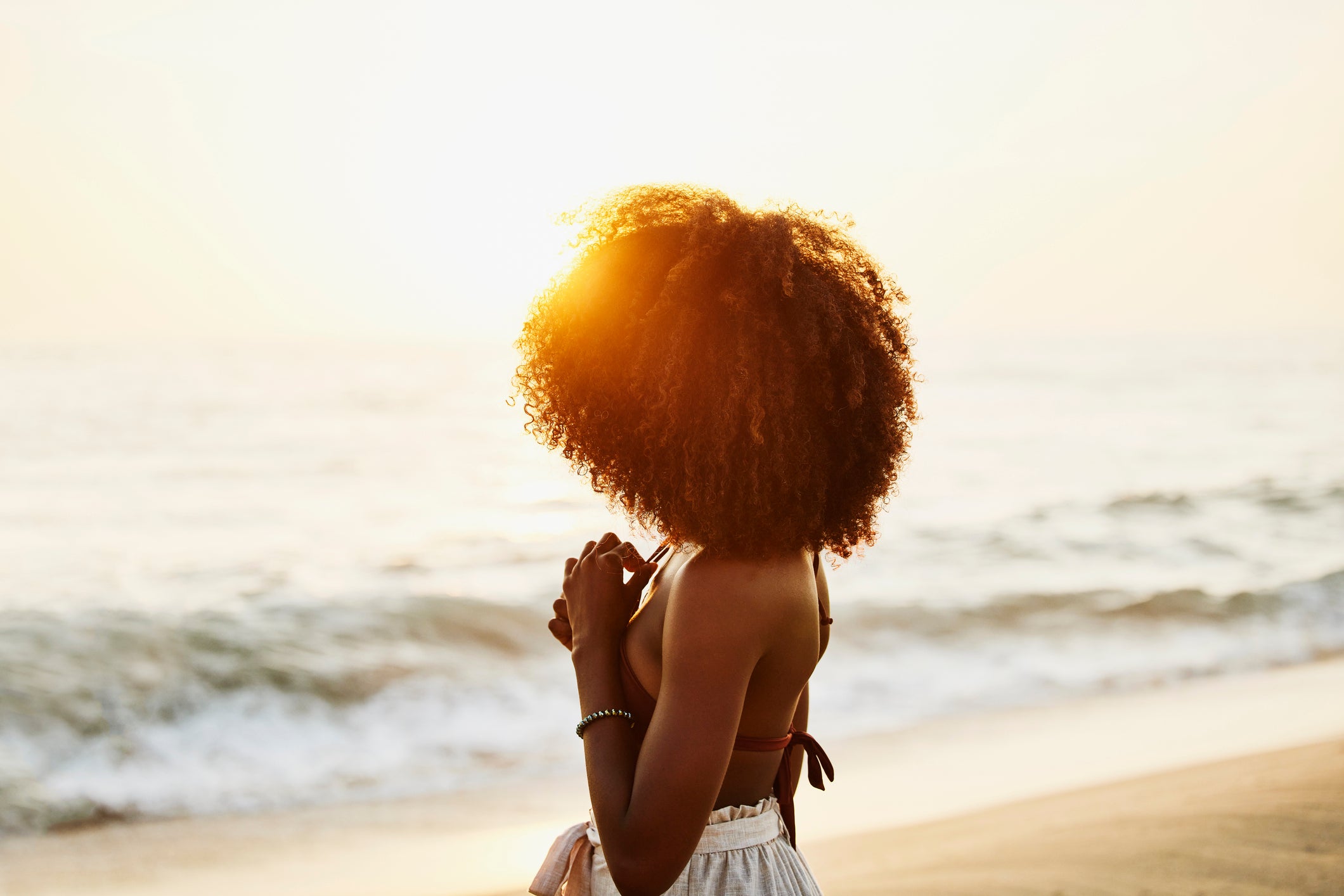A Guide to Visiting Hawaii Responsibly and Ethically

In the aftermath of the Maui fires, the need to reshape how visitors experience Hawai’i has become more apparent.
The allure of Hawai’i is undeniable. Its golden beaches, majestic mountains, and amazing culture have been a significant draw for tourists for generations. I, like many others, was not immune. However, as a conscientious traveler, I took it to heart when Hawaiian leaders delivered the edict that non-residents should stop visiting to lessen the impacts of COVID-19 and over-tourism. A similar decree was issued after deadly fires ravaged parts of Maui.
In the aftermath of the Maui fires, the need to reshape how visitors experience Hawai’i has become more apparent. Hawai’i tourism and community leaders have worked tirelessly to make travel more regenerative and less extractive using a multipronged approach.
I’d seen the phrase “regenerative travel” in headlines and volleyed around at travel industry conferences. After a bit of research, a la Google, I learned that regenerative travel is the practice of leaving a place better than you found it. Even armed with that definition, I still didn’t understand how (logistically) one could participate in this new form of more sustainable travel. That is until I received an invitation to visit O’ahu to volunteer with locals and conservationists to help replant taro fields. Taro, or “kalo” in Hawaiian, is a plant affected by over-tourism. The root vegetable is the main ingredient in the Hawaiian food staple poi and is central to Native Hawaiians’ cultural identity and traditions.
So, after a five-year hiatus, I hopped on an Alaska Airlines flight and returned to Hawai’i. But this time, instead of visiting to find the prettiest beach and best shave ice, I returned as part of the state’s Mālama’ āina (care for the land) Program.
Spending a day in a lo’i, standing shoulder-to-shoulder with the Hawaiian community to replant taro, was by far the most intimate and rewarding travel experience I’ve ever had. But volunteering on vacation is not for everyone, and that’s okay. There are other ways visitors can do their part to ensure we each leave Hawai’i better than we found it.
During my stay, I sat down with community organizers and leaders to learn how travelers can visit Hawai’i in more environmentally sustainable and culturally respectful ways. Here’s what they had to say.

Find Volunteer Opportunities Online
Kanu Hawai’i, a nonprofit organization, supports and promotes tourists’ adoption of the principles of The Pledge to Our Keiki. This initiative, created by local students and community leaders, is a commitment from tourists to respect and care for the islands as if they were their children, or “Keiki” in Hawaiian.
The organization’s executive director, Keone Kaloha, said, “We’re shepherding [Keike]; we didn’t write the Pledge. It was written by kids from different islands. We were asked to steward it and give them a way to connect to people who are traveling here. So that people have an opportunity to hear their voices and hear what’s important to them. And hopefully, by creating that opportunity for people to hear it from our children, they’ll be more mindful, more respectful when they travel.”
To paraphrase, the Pledge is a promise from visitors that they will ‘give their respect and leave what is not theirs to take, experience sacred places and practices with a bowed head and open heart and to learn from Hawai’i’s legacy and support its ongoing voyage toward sustainability.”
In addition to promoting the Pledge, Kanu Hawai’i matches visitors with volunteer opportunities on their website. Kaloha added, “We host the largest volunteer opportunity platform in Hawai’i. We have over 400 nonprofits hosting thousands of events about every single day of the year.

Avoid Social Media Hotspots
Tyler Gomes, Kilohana’s chief administrator, says, “We focus on all of the in-state work that improves the overall visitor experience by increasing education for visitors. We’re addressing some severe hotspots across the state, where Instagram and social media have begun to prioritize areas that simply don’t have the infrastructure to sustain heavy loads of visitors.”
Kilohana is a division of the Council for Native Hawaiian Advancement and the primary contractor for the Hawai’i Tourism Authority. It is focused on promoting sustainable tourism and preserving Hawai’i’s natural and cultural heritage.
Gomes added that the organization is working to create a quality assurance program for tour operators. “It’s going to help the visitors sort of ‘suss’ out what’s ideal. Essentially, we’re trying to find ways to validate and authenticate all players in the visitors’ experience to give residents tangible effects to see that their concerns are being addressed in their communities.”

Research & Support Culturally Authentic Experiences
Before becoming America’s 50th state, Hawai’i was once a sovereign nation. And when you look for it, vestiges of its past can be found throughout the islands.
Catherine Orlans, O’ahu Destination Manager for Hawai’i’s Visitors & Convention Bureau, said, “There’s a rich history, living culture, and nature. In our outdoor classrooms, I would say there are lots of opportunities for volunteering and engaging in a cultural sense at low ease. Learning about our cultural connection to the plants and kalo, the environment, and why it’s important for our little island home in the middle of the ocean.”
“The Bishop Museum is a fantastic resource. But I think it gets overlooked because it’s not something like the Met or the Modern Museum of Art. But this museum is actually a really great resource that gives cultural and historical context here in Hawai’i as a place. Beyond that, the [Hawai’i] Tourism Authority’s website, “Go Hawaii,” has a number of other learning opportunities,” Gomes stated.
Pack Your Patience
A reservation system has been implemented at several key attractions throughout the state. “Popular sites like the Leahi (Diamond Head) hike are is managed with a reservation system. If you’re an out-of-state visitor, you need to make a reservation ahead of time to go on the hike. And that spreads out the demand throughout the day because during the pandemic, what we saw right after we opened up was just kind of a mosh pit. At one point, almost 6,000 people were at the top of the crater at one time. That’s not a good visitor experience, and it’s also not good for the āina, for the land. It was a degradation of that resource. So, they implemented that reservation system, and it spreads [traffic] out through the day. There’s a capacity limit to how many people can access the hike, but it’s managed, so that creates a better visitor experience,” Orlans added.
Use Public Transportation
Orlans noted, “I’d love to see visitors using more of our public transportation. Traffic is horrible, but we’re also a tiny island, and you can get anywhere in a good amount of time. You can get anywhere in Oahu either on a bike or on your feet in a more sustainable mode with our diverse transportation system here.”

Practice Aloha
Kaloha mentioned, “When you’re in Hawai’i, slow down a little bit, listen, and just practice aloha. Be the first one to act. When you say aloha, you’re offering something before you’re receiving something. [Visitors can] express aloha by spending some part of your time giving back to the place and the people that this is home. That’s the right way to travel wherever you go.”
link






